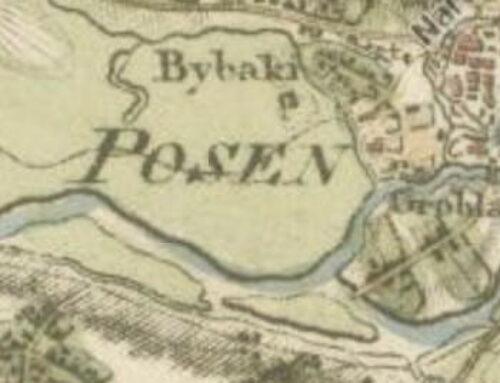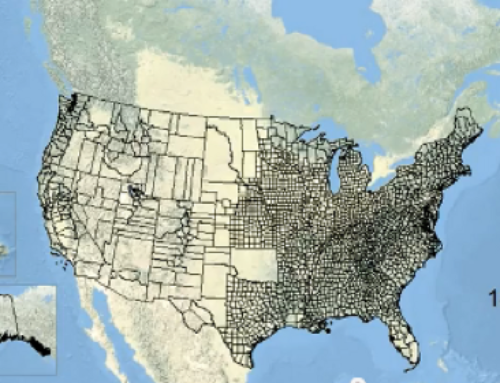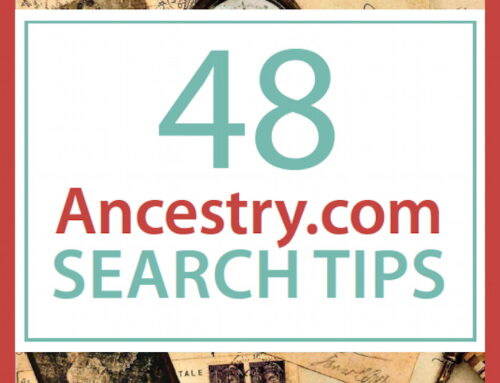Maps and genealogy = big topic. So let’s narrow it down to the Board on Geographic Names (BGN) and its database, the Geographic Names Information System (GNIS). How can these federal resources help your U.S. genealogy research? A few days ago I found a record for a family member that stated he lived in Union, Wisconsin. What I thought would be a quick search for the county revealed seven places named Union in Wisconsin:
Union, Burnett County, Wisconsin, a town
Union, Door County, Wisconsin, a town
Union, Eau Claire County, Wisconsin, a town
Union, Pierce County, Wisconsin, a town
Union, Rock County, Wisconsin, a town
Union, Vernon County, Wisconsin, a town
Union, Waupaca County, Wisconsin, a town
It made me wish that the Board on Geographic Names (BGN) at the U.S. Geographical Survey had been on the job when those towns were being founded.
Maps and Genealogy Resource 1: U.S. Board on Geographic Names (BGN)
The BGN, established in 1890, determines the official name and location of all places and geological features within the U.S., Antarctica, and for undersea features. (My family can be strange, but I’m relieved to report that I haven’t found anyone who lived on an undersea feature.)
Need for standardized place names grew during the surge of post-Civil War exploration, mining, and settlement of the West. According to the BGN Web site, “Inconsistencies and contradictions among many names, spellings, and applications became a serious problem to surveyors, map makers, and scientists…. President Benjamin Harrison signed an Executive Order establishing the Board and giving it authority to resolve unsettled geographic names questions.”
The BGN also serves as a resource for the general public. Any person or organization may inquiry about place names. Individuals may also request the BGN to render formal decisions on proposed new names, proposed name changes, or names that are in conflict.
Maps and Genealogy Resource 2: Geographic Names Information System (GNIS)
Because historical names are tracked, the results of the BGN are helpful to anyone interested in U.S. maps and genealogy. The determinations for all place names made by the BGN is available in public searchable database called the Geographic Names Information System (GNIS), which contains more than 2 million names for geographic and cultural locations in the United States. One of my favorite research sites, Histopolis, uses GNIS data. And the GNIS database might come in handy for direct searches as you work on your American ancestors.
I searched GNIS to help with my research question above and the information helped me find out that my guy was from Rock County.
Tuck the GNIS database in your bookmarks for maps and genealogy: it’s a a great tool for place name research.





Leave a Reply